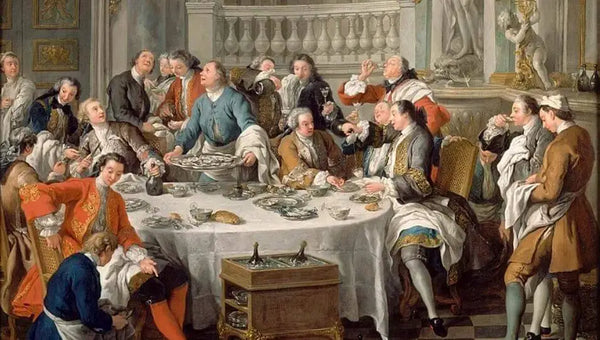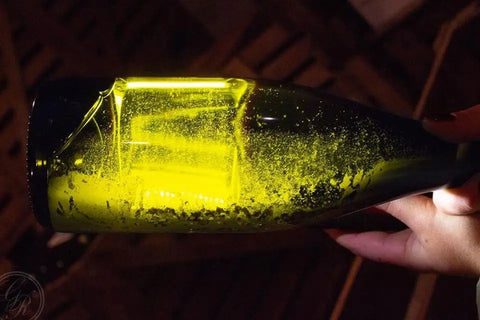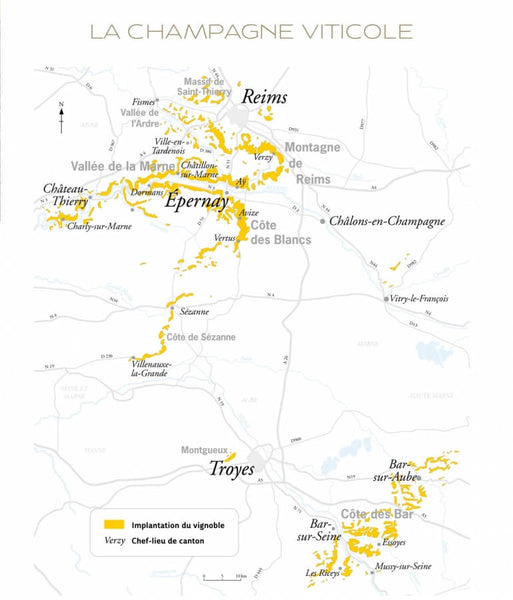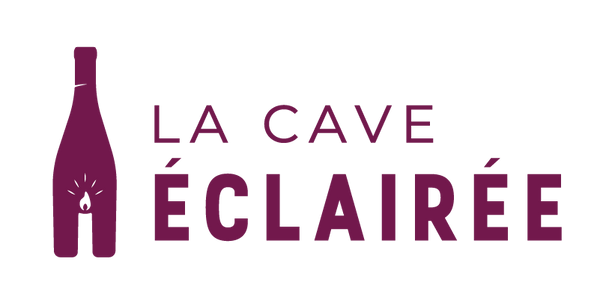" Champagne ! ", we say when the time has come to celebrate good news. These little bubbles are in fact so anchored in our culture today that they have become synonymous for all of us with celebration and prestige.
But how did this wine reach the top of French and world gastronomic culture? What is its history? ? How is it made? What makes it different from others? effervescent ? So many questions to which I invite you to discover the answers in this series of two articles.
Champagne: a royal history
The history of wine in Champagne begins with the Romans who were the first to plant vines in the region in 3rd century. After the fall of the Empire, Clovis was subsequently the first king to make it a wine-growing region worthy of interest. Thus, in 496 , during the festivities crowning him king of the Franks in Reims, the wines of Champagne (at the time non-sparkling) flowed in abundance. This will be the first identification of the famous drink with royalty .
During the Middle Ages , It is The Church who mainly takes care of the vineyard : the wine is consecrated and drunk during the mass and these are therefore the monks who maintain the French vineyard . During this period and until the beginning of the 19th century, Many kings of France were crowned in Reims with each time, festivities knighting the local wines. Over the centuries, the image of Champagne will be definitively marked and the wine of the region will definitively become synonymous with celebration and prestige, to the point of being recognized in 1654 under the reign of Louis XIV as the official wine of coronations .
During the Revolution and in the decades that followed, Vineyards leave religious control to become the property of wealthy merchants and traders. Thus, if certain houses like Gosset (1584), Ruinart (1729) or Moët & Chandon (1743) already existed before, other large houses emerge like Billecart-Salmon (1818), Mumm (1827), Deutz (1838) or again Charles Heidsieck (1851), It is time to international growth .
If the reputation of Champagne wines had already crossed borders in the 12th century, it was during the 18th and 19th centuries that its export developed rapidly, particularly towards England and the United States , countries which are still today the leading foreign markets for Champagne.

The birth of effervescence

"Foaming" in progress in a bottle: the second fermentation
Champagne today
Still a symbol of celebration and luxury, Champagne has now become widely popular throughout the world. The official AOC was created in 1927 and the sector is now present across more than 190 countries The latter puts nearly 320 million bottles on the market each year (more than half of which are exported). We are a long way from the 8 million bottles produced in 1850. or even the 100 million passes of 1970 !
The market has also become largely concentrated. If there is more than 300 Champagne houses , some large groups carry considerable weight in the region, such as Pernod Ricard ( Mumm , Perrier-Jouët ), Vranken-Pommery ( Vranken , Pommery , Heidsieck & Co Monopoly etc.) but Above all LVMH ( Dom Perignon , Ruinart , Moët & Chandon , Widow Clicquot etc.).If these great houses are the main image of Champagne in France, this is even more the case abroad. : almost 75% of the volumes of Champagne intended for export actually come from these renowned brands.
So, if as you know, The Illuminated Cellar tends to highlight small producers (like Champagnes Widow Fourny , Franck Bonville or even The Borderie ), we must not forget that The international resonance of Champagne owes much to these prestigious names and their impressive marketing power.
Conclusion
Stay tuned! Next week, we’ll uncover the mysteries of how Champagne is made, why it’s often priced high, and how to enjoy it properly.
To celebrate all your new knowledge, all you have to do is open a nice bottle...and you know which region to turn to !
































1 comment
Très bon article, merci ! Je ne savais pas que les bulles étaient finalement si “récentes”…Hâte de lire la suite.